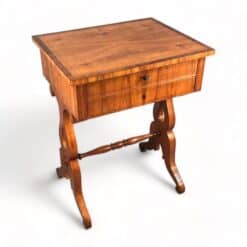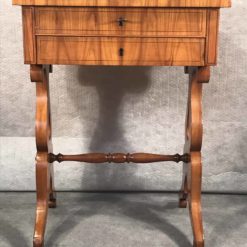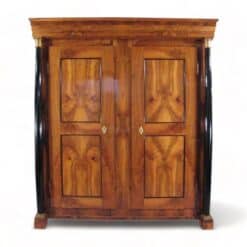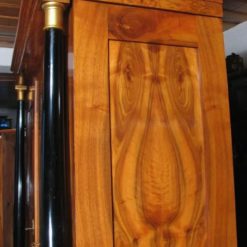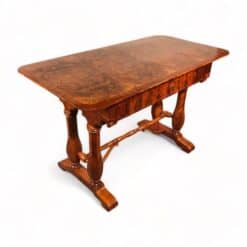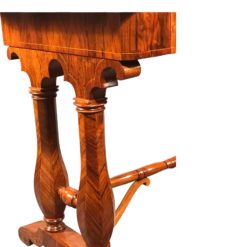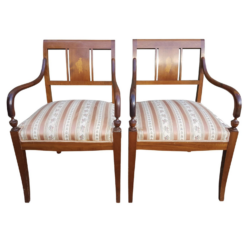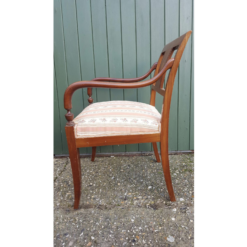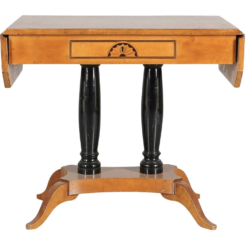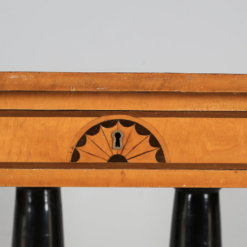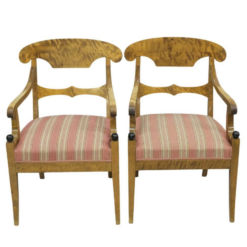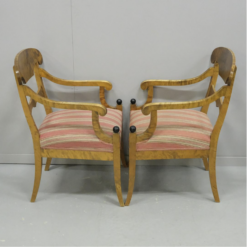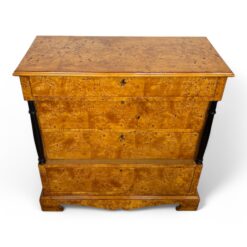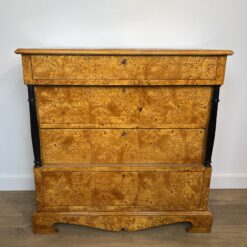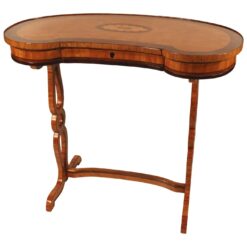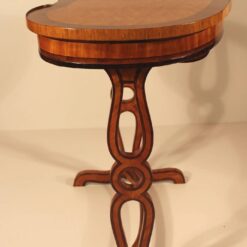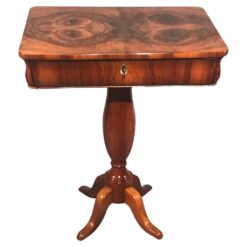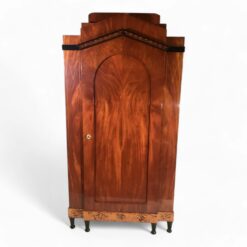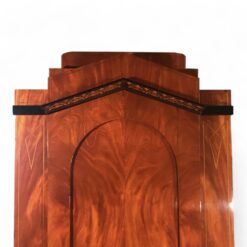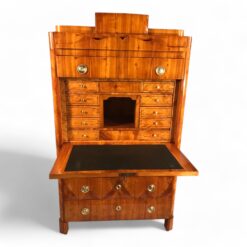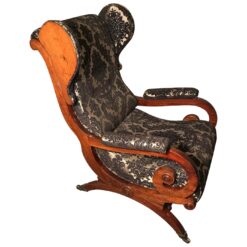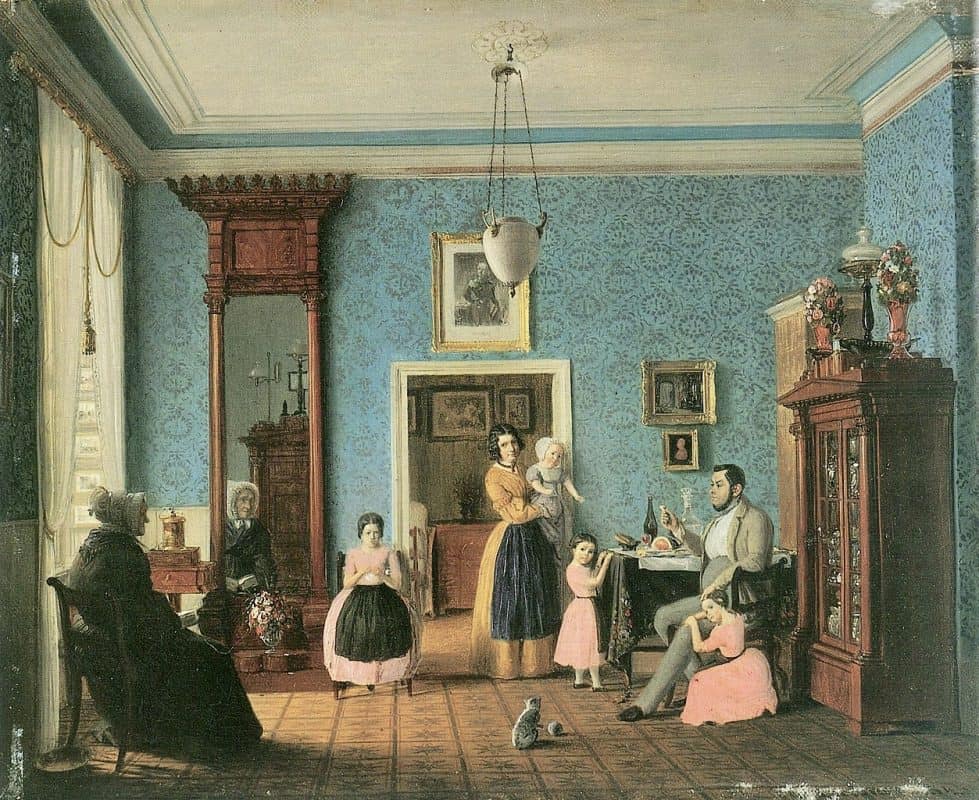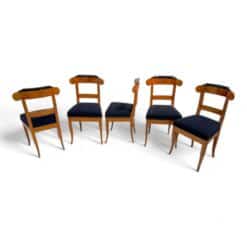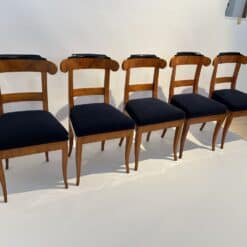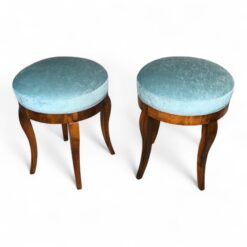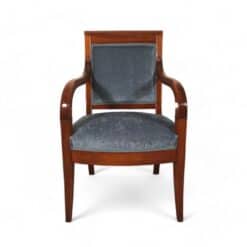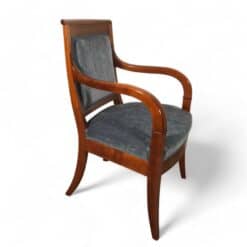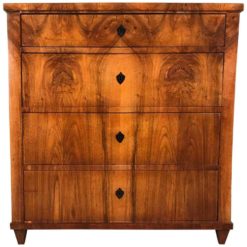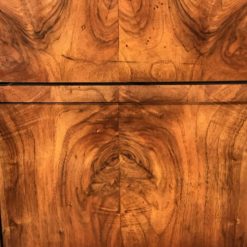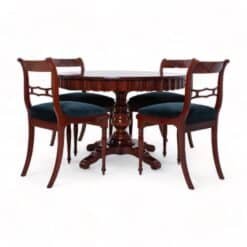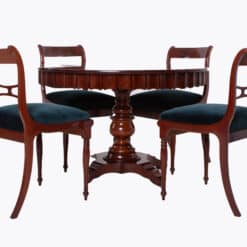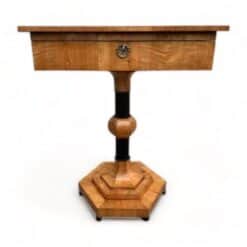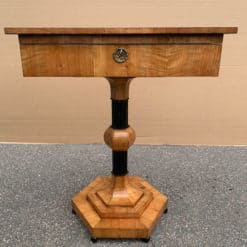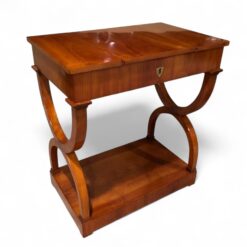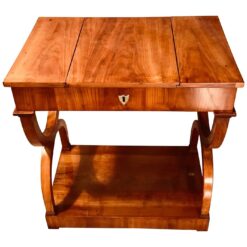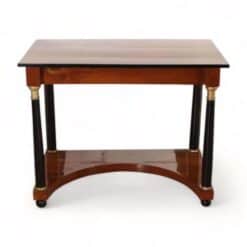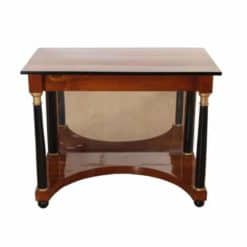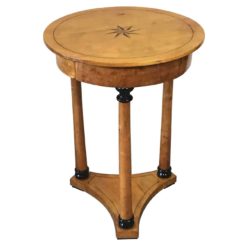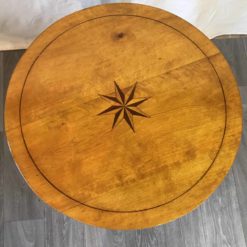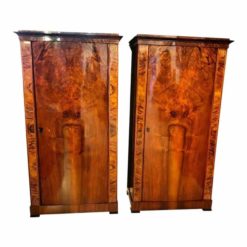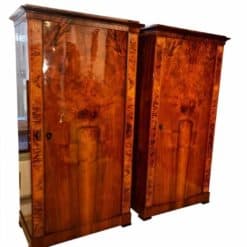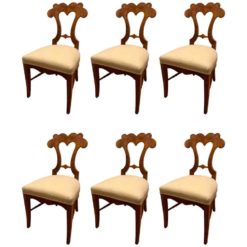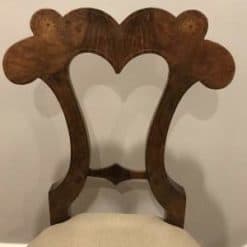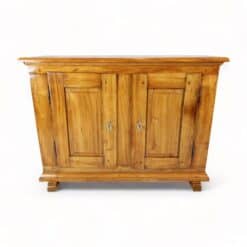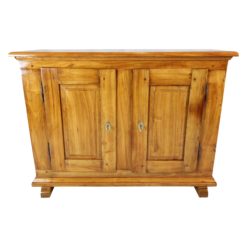Best Sellers
Biedermeier, Furniture, Style, Styylish History
Biedermeier Style Furniture: How Do You Identify It?
So you’re wondering how to identify Biedermeier style furniture? The Biedermeier period makes for an excellent first step into antique furniture, due the refined, clean lines and informal style. These all accommodate modern style well. There is simply something distinctly modern about Biedermeier furniture, despite the fact that it’s nearly 200 years old!
This, coupled with the elegance and unparalleled craftsmanship of a 19th century antique piece, means that the Biedermeier is perhaps the most versatile and universally loved antique period. Simply put, the Biedermeier period holds something for everyone. In this post, we’ll talk a bit about the history of the style, the characteristics of the furniture, and what makes it so special and unique!
Before we get started, we have to ask a few questions to learn more about Biedermeier furniture styles.
What is Biedermeier style furniture?
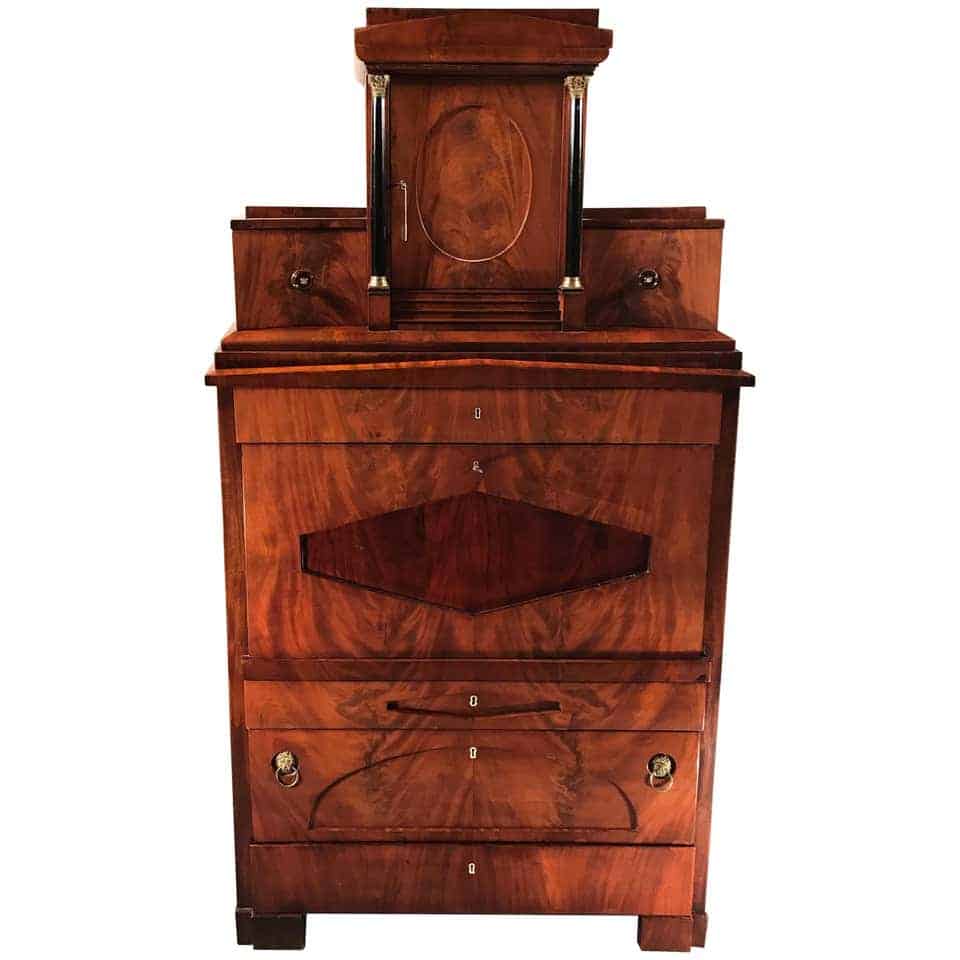
Well, Biedermeier furniture comes from the eponymous Biedermeier art period, which was a transitional period between Neoclassicism and Romanticism in the 1800s, following the Napoleonic wars. The style grew slowly, along with a period of economic impoverishment in the early part of the century. Despite the poverty, this period soon saw a rise in middle-class comfort overall. Most art historians mark the style’s start and end at around 1815 to 1848.
Despite the economic downturn at the time, this era was also a period when the middle class was slowly beginning to rise and establish itself as a significant division of society. More importantly, for the first time they were a significant financial force, a class with real buying power. As a result, craftsmen actually began to produce pieces made for the middle class during this time.
The increase in middle-class comfort also created a growing emphasis on family life and private activities, especially letter writing (which gave prominence to the secretaire) along with the pursuit of leisure hobbies. People spent more time at home, and as a result, wanted more comfortable home spaces. However, these weren’t nobility or royalty, they were more middle class folks. As a result, Biedermeier style furniture is typically both functional and comfortable.
So, what was innovative about Biedermeier furnishings?
Like we alluded to above, prior to this period furniture makers were designing pieces almost exclusively for nobles and royalty. During the Biedermeier era, non-aristocracy had the financial capabilities to furnish their homes for the first time. As a result, cabinet makers began making more everyday pieces that fit into the homes of ordinary citizens.
Essentially, Biedermeier furniture was the first decorative movement created for middle class homes! As a result, it’s a comfortable, economical furniture design perfect for modern living, without the overt ornamentation and decadence found in some other antique styles, all while retaining the elegance of an antique piece.
What does the name Biedermeier mean AND where was it produced?

The term Biedermeier derives from a caricature, “Papa Biedermeier” (also known as Gottfried Biedermeier), who was a comic symbol of middle-
class comfort. Adolf Kussmaul and Ludwig Eichrodt, two German newspapermen of the period, created the character and published many satirical writings under his name.
The character Biedermeier was a comfortably middle-class, upstanding citizen (and rather a bore, he was bereft of many intellectual goals or ambitions). As a result, the elites of the time found him hilarious, and stuck his name to the new bourgeois furniture, since they also scorned the rising bourgeois (middle) class. Although its origins are long forgotten, the Biedermeier style is widely adored today.
The foundation of Biedermeier furniture was in Germany and Austria, with Vienna as a principal capital of the style, but Biedermeier influences spread throughout Scandinavia and the Germanic region and Central Europe as a whole. Still, when we think of Biedermeier today, we primarily think of German and Austrian designs and furniture.
What are some characteristics of the style?
Stylistically, Biedermeier furniture softened the rigidity and opulence of the previous Empire furniture style. This resulted in a more simple, relaxed and informal take on home furnishings. Empire was grandiose and usually made using dark woods, such as ebony and mahogany, with ormolu mounts.
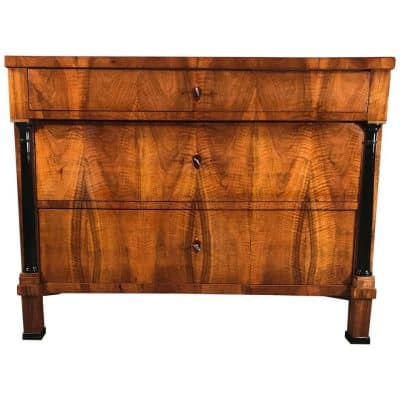
In comparison, we find Biedermeier pieces crafted with light, native woods like walnut, pear and cherry. Makers didn’t need to import these naturally occuring German woods. The furniture, as a result, was more affordable for the middle class.
Key Characteristics:
- Simple and practical forms
- Restrained elegance
- Incorporation of geometric shapes and designs
- Lighter wood tones such as birch, walnut, maple, pear, cherry, and elm, as well as the use of native fruitwoods
- Emphasis on intricate wood grain
- Refined ornamentation
- Little to no ormolu or gilt work
- Contrasting black or gold painted details
Overall, the Biedermeier style naturally avoids metal ornamentation as a general rule. Instead, we find many surfaces accented with natural grains and knotholes, while ebonized accents provide a measure of contrast. We occasionally find inlay in Biedermeier furniture as well. The inlay, however, is quite modest compared to what we see with other antique styles.
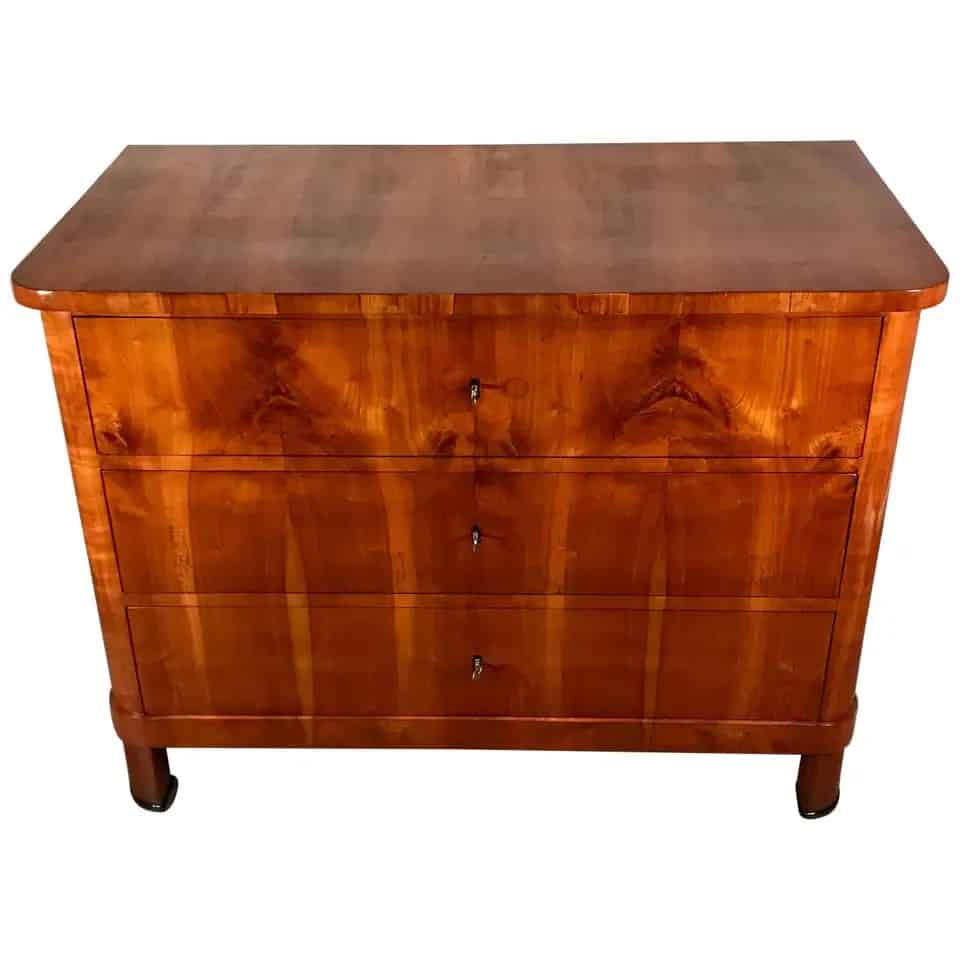
Common features of this furniture style and period include playful geometric shapes, curves, and a special emphasis on the wood grain itself, in place of additional auxiliary ornamentation. This contrasts heavily with the Empire style, which was both imposing and formal, with gold accents and extensive ornamentation as a general rule.
But in many ways, the more natural, relaxed look of Biedermeier designers, as mentioned above, allowed for a deeper analysis of the grain and the lines than in 18th century styles. While it’s a subdued style, the aesthetic is nevertheless as elegant as many more formal, ornate styles.
Biedermeier and Styylish
The flat, unadorned lines and planes and whimsical geometries we find in Biedermeier pieces all add up to promote a relatively modern feel. This makes it one of our favorite antique styles to incorporate into modern homes and interior design projects.
Here at Styylish, we have a wide collection of Biedermeier pieces from a variety of locales and years. So, if Biedermeier furniture interests you, you’ve come to the right place. It’s our mission to find unique pieces for individual interiors… so let us help you find the right Biedermeier piece for your space!

